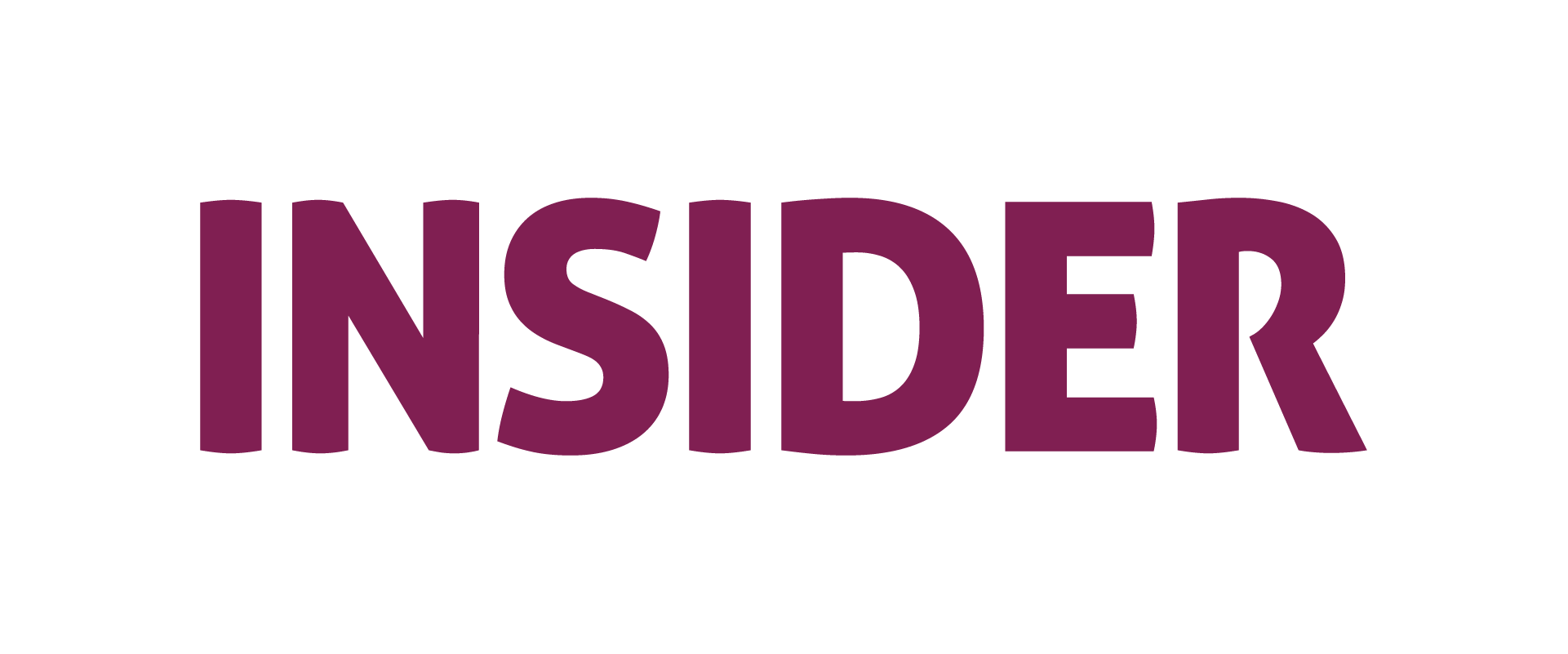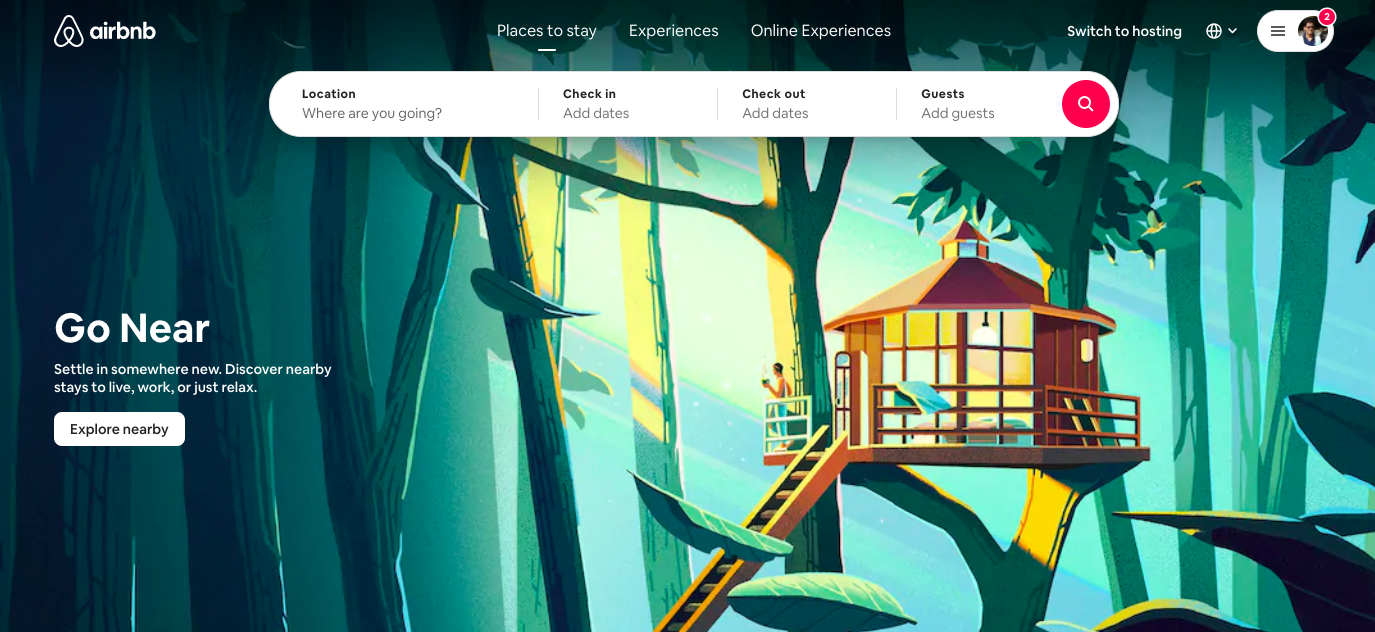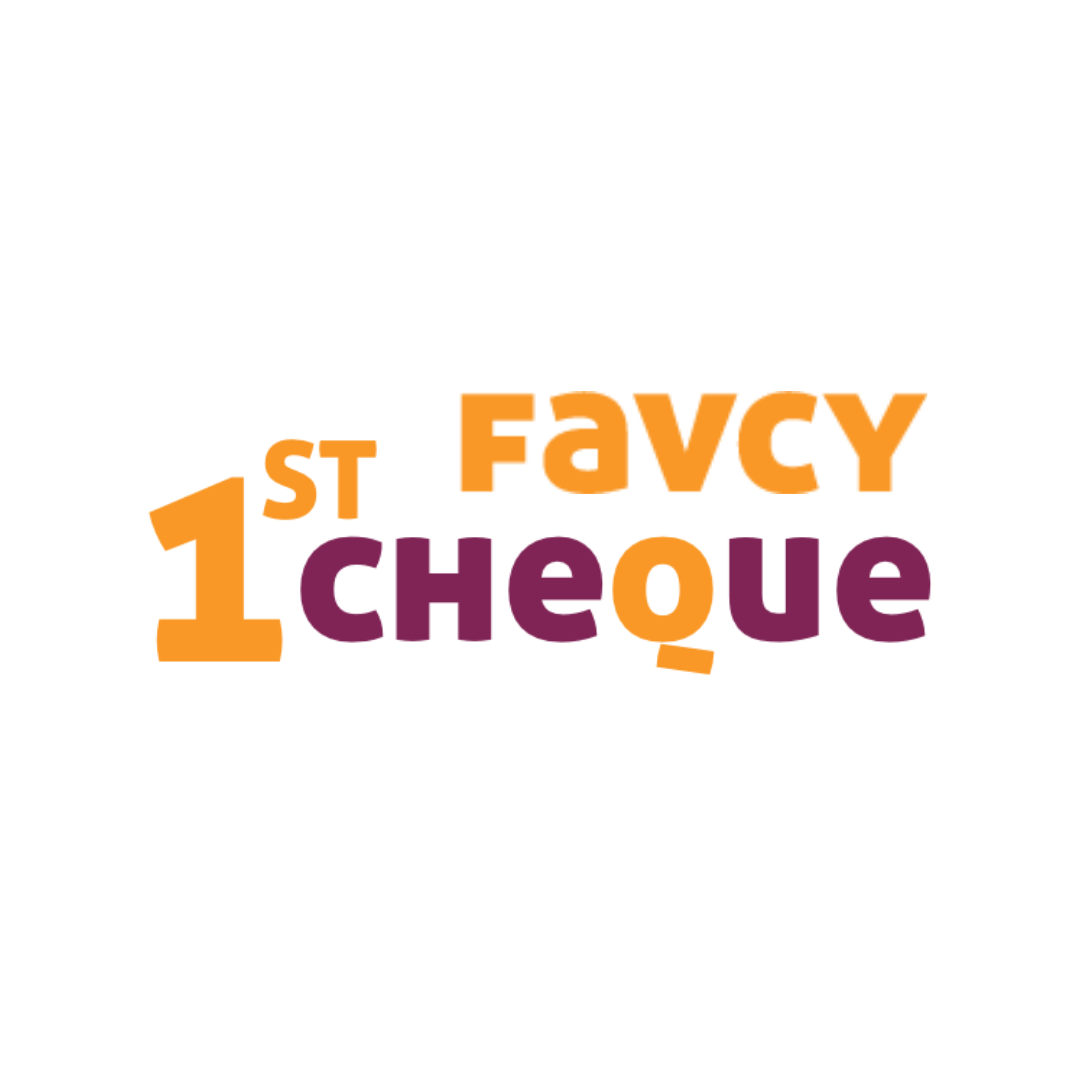
Favcy Review: August 20th, 2021
Favcy Venture Builder's Product Validation Framework - 4P's of Product Development and Audit
by Pranav Chaturvedi, Founding Partner, Favcy Venture Builders

A Venture Builder has to consistently co-build great companies and co-create great products. I am opening up to you some of Favcy’s internal info.
I read your mind. You just asked the most obvious question, WHY?
Why am I providing internal information that could be proprietary to a company?
The simple answer is, I am just trying to save our work load.
At Favcy, while we do work with Idea stage founders and co-build some great entrepreneurial journeys with them, we also take positions in companies that have built their products but are figuring out ways of scaling them.
We have a product audit system, through the lens of which, we see these companies. That product audit system is fast being adopted by other capital ecosystem members, not because its built on some AI/ML models but because its SIMPLE and its damn EFFECTIVE
We have our limitations on capital and bandwidth and do have to apologise to some great founders who send their products for audits and for our consideration.
When the number of rejects burgeoned, I raised hand in one of our internal meetings and suggested, why don’t we just put these 4Ps out.
Founders are smart. They will understand, improve and may not even need us!
Now that your curiosity on the ‘Why’ may have satiated, let me give you the inside dope on the 4Ps. Handle them wisely, will you?
Just one last word before I hand out the 4Ps of Product Development and Audit — Capital ecosystem comprises of simple folks, well at-least majority of us are. We spend hours together listening to pitches and in plucking out information from the pitches that make sense to us. Trust me, if you are not able to explain what you do in simple terms, more often than not, you are struggling with what you have built.
If you’d like to read another piece on the Capital Ecosystem and learn the difference between Venture Builder, Venture Capital and Private Equity, I urge you to read this article, once you are through with the current one.
Coming back, Simplicity and Clarity of thought are an absolute must from a founder. So while we as a Venture Builder listen to all kinds of difficult pitches, we pick up information and start putting it in a framework of the 4Ps of PDA (Product Development and Audit)
Yes please, while you were making your pitch, we were answering these 4Ps of your product for ourselves. Think about it, how complicated that must be!
So we decided that let’s remove this complexity. We will share the 4P Framework, right here and you will hopefully, present your idea and product according to the framework, thereby saving all of us time and mind width.
The additional advantage that I foresee is that you might not need us at all. Perhaps, the framework, shows you your blindspot and provides the aha moment that you were searching for. In that case, while you go on your prolific growth journey, just drop me an email with a cheers message. I will pick up a wine bottle myself and celebrate with our team!
Moving on..
The first P of Favcy’s PDA framework is Positioning First
We work with non tech founders who are building Tech companies. But the exercise that we propose them to do to understand ‘Positioning First’ is agnostic of the background that you come from.
What is Positioning First?
This is not an academic piece but I will provide my definition.
We see Positioning First as finding an untaken spot in a large market. In other words finding a group of people in your large market to whom you are relevant and differentiated. START THERE! That is Positioning First.
Yes, it is as simple as that. Pick up a bar of soap and assume that to be a piece of technology that you have created, the soap I mean.
Positioning is the relevance and differentiation that you add to that piece of soap. Lifebuoy is positioned differently to Vim Bar. Both are soaps in a large market. Positioning First makes all the difference.
Same is true for your Tech product. Articulate your positioning in terms of Relevance and Differentiation for your first target group of users who are a part of a large market.
A rookie mistake that occurs while doing this exercise is that most of the founders are able to visualise only their Target group of their large market as end consumers. Big Mistake!
A Big Market constitutes a complete value chain. It could be Manufacturer, Retailer, Wholesaler, Consumer. Notice how Amazon is positioned towards End Consumers at large, Shopify is positioned towards Store owners who want to go digital and our Indian example of Meesho is positioned towards Retailers or Resellers to whom it acts like a Wholesaler.
But Positioning is the key. If you have got your positioning right, more likely than not, you have won half the battle of product market fit.
Get your pen and paper out and start doing this exercise for your Product/Idea. Our founders swear by our DREK Positioning exercise that we utilise for validating the idea. Happy to do it with you to but for that you might want to fill up the first form that you see here and allow our team to get back to you.
The second P of Favcy’s PDA framework is Practice
Practice is simply ‘Habit’ or ‘Custom’ that you’d like your first target group of users to form with you.
Take the example of Sportospot, which is one of our portfolio companies, it’s practice is stated as ‘Get your Child’s Sporting Talent Spotted’.
I am not just writing the above because Sportospot is a portfolio company but because when you close your eyes and hear the name — Sportospot and when you read/hear — Get your Child’s Sporting Talent Spotted, notice how quickly you know what the company is doing and for whom.
That’s the power of Practice. You immediately know that Sportospot’s first Target group is parents and Sportospot is doing something that enables a parent to identify Sporting Talent in their child.

For another example, let’s look at Airbnb.

Airbnb’s practice is Go Near. Now this is a post covid article and Airbnb realises that travel cannot be across the world and therefore look how smartly the product positioning as changed. Go Near — the next line articulates the practice even more — ‘Settle in somewhere new. Discover nearby stays to live, work or just relax’
Brilliant is it not? That’s great Practice right there.
Practice, to summarise is simply the ‘Habit’ or ‘Custom’ that you’d like your first target group of users to form with you.
So please articulate your practice.
The third P of Favcy’s PDA is Proposition
And believe it or not, ‘proposition’ is most misunderstood.
Proposition, again without going to any bookish definition, really is the features that you are looking to provide.
But we tend to misunderstand it from a perspective of ‘Features’ for ‘Whom’
Let’s go to the Bar of Soap exercise and see the below image


I am reprinting it from the image (realised its too small in mobile viewing) So here it goes
Vim bar is the only bar to have the revolutionary plastic coating around the bar, the patented polycoat technology, which prevents the bar from getting soggy, making it last longer than ordinary dishwash bars.
What is the ‘feature’ that Vim bar wants to propagate?
It’s revolutionary plastic coating that is a patented polycoat technology.
Agreed, this is a feature, but is this a proposition?
So the key to articulate the proposition is to ask yourself, will my feature be understood directly by the end user?
Maybe, maybe not! But for the end users, look at how Vim bar has articulated the ‘perk’ and the ‘proposition’. It says very clearly — xyz prevents the bar from getting soggy and making it last longer than ordinary dishwash bars.
The proposition therefore is — Prevents the bar from getting soggy
The perk or the benefit is — Makes the Soap last longer than ordinary dishwash bar.
Founders often make this mistake. They talk features and they talk benefits. And unfortunately, neglect the ‘Proposition’.
Another example. Way back in 2004, when Gmail came, its Feature was 1GB space. Proposition was Storage and Perk was empowering users to store and archive every email that they receive.
Therefore, a rule of thumb —
Feature provides a proposition provides a benefit/perk.
OR
Features that is translated in the language that the user understands is proposition. The proposition will translate to some benefit and perk for the user.
Now do this exercise, please. Look at your product and write down the Feature, Proposition and the Perk.
Also, please never forget to articulate your proposition.
The fourth P of PDA is — Perk
You would have guessed it from the previous paragraph.
Perk is the benefit that is understood by the user.

Let me market Favcy a little here. Why should small things go unnoticed!
Reprinting as the text is too small in the image. Here we go
The image says — Favcy is a venture building platform that provides ready to assemble digital application and an assembly line to convert your idea into a venture.
What is the Proposition in the above text — A Venture Building Assembly Line
and the Perk — Converts your idea into a Venture.
Now let’s see you giving this a shot.
Take out pen and paper and just write down the following
- What’s the positioning of my product?
- What’s the practice of my product?
- What’s the proposition of my product?
- What’s the perk of using my product?
Our experience suggests that the 4Ps of PDA will typically leap vault you by about 8 months. Yes, thats the kind of time that you will save by just utilising the above framework for yourself. The corollary is that we assume, founders waste about 8 months in not understanding the parts of this framework.
Hope you enjoyed the piece and I do really hope you leap vault your startup. My best wishes and Happy Venture Building to you!
For those, who were researching on Favcy and stumbled upon this article or were handed this article you could take two routes —
- If your product is ready and you would like us to take a Product Audit shot, then you can fill this up.
- If you are still at an idea stage, we obviously would be eager to learn more from you. Then could you just fill this up?
Stay tuned to receive the latest industry trends, investor insights, our exclusive angel bytes, and much more!

A platform for first-time angel investors to learn the science of early-stage startup evaluation. Get exclusive access to pre-vetted deal flow and make your first investment.
Subscribe to our newsletter 👇🏻 Don't worry, it'll take just few seconds :)
Reach out to us: